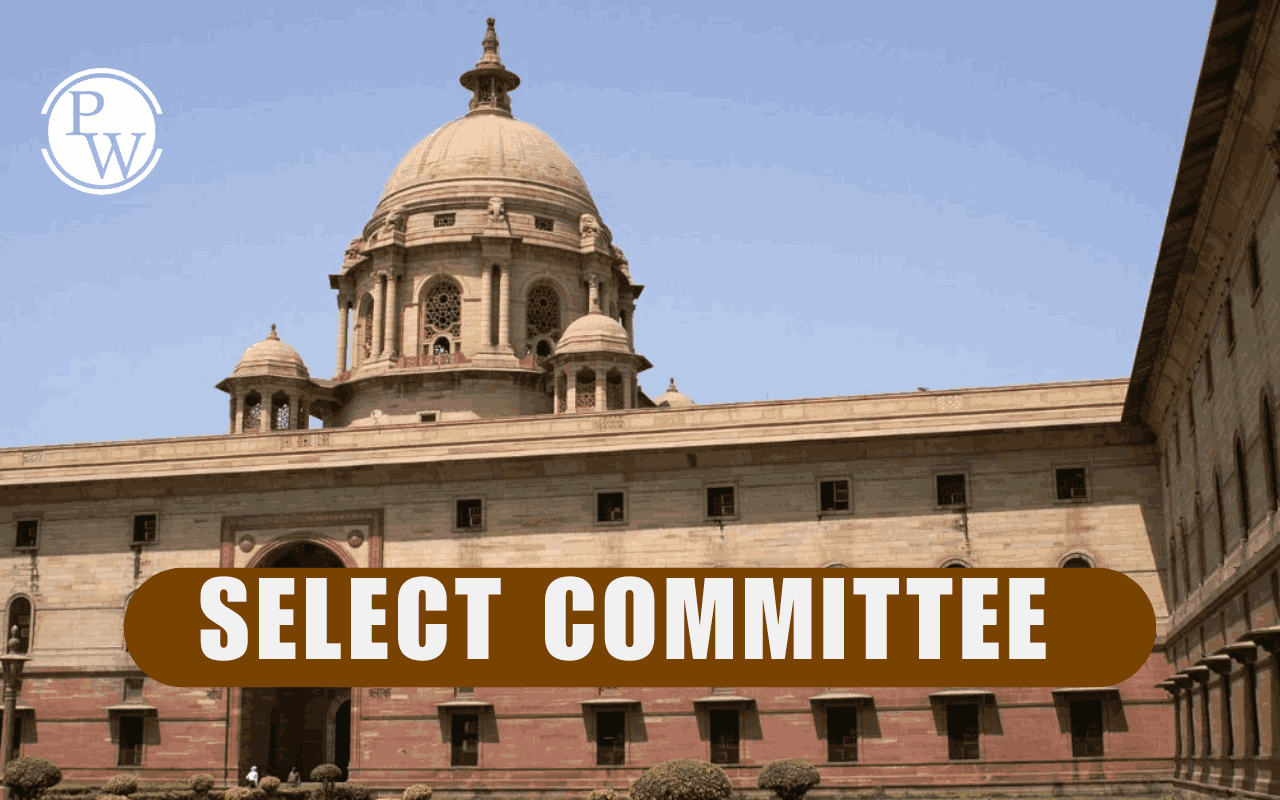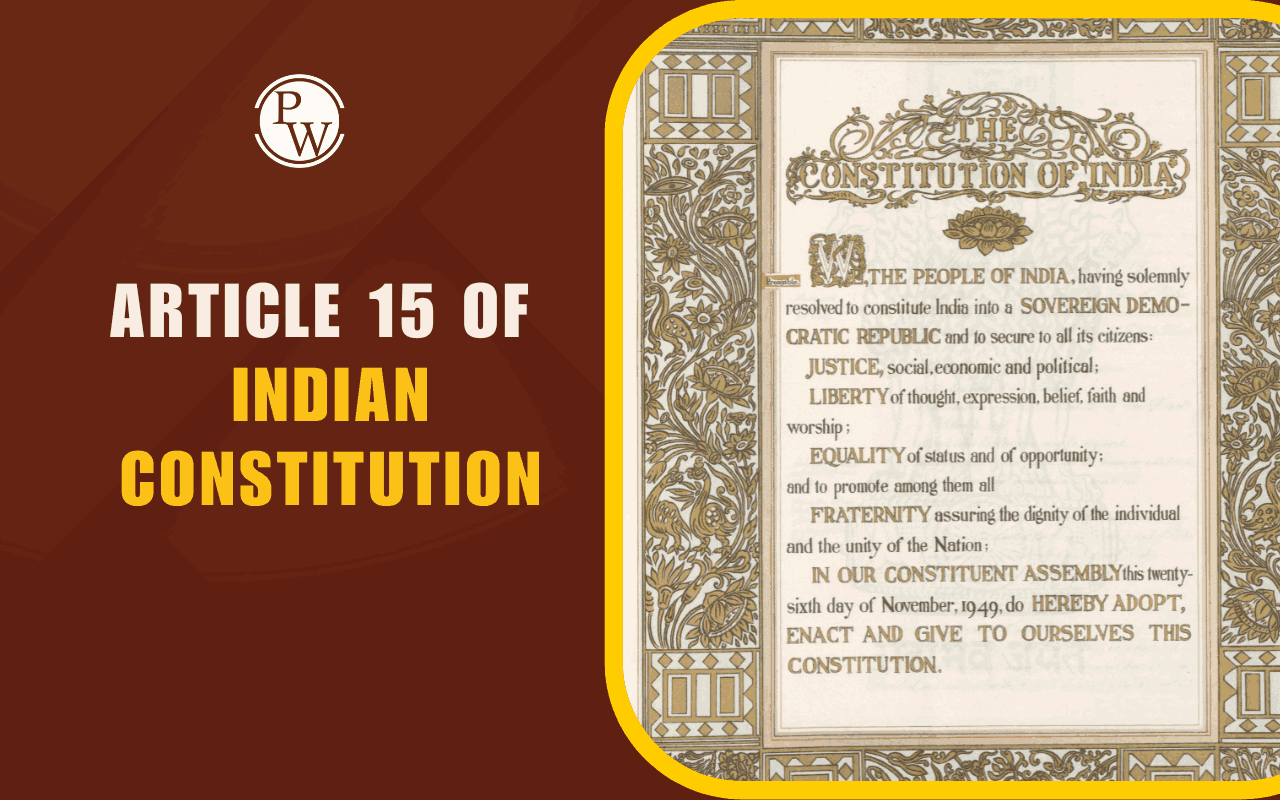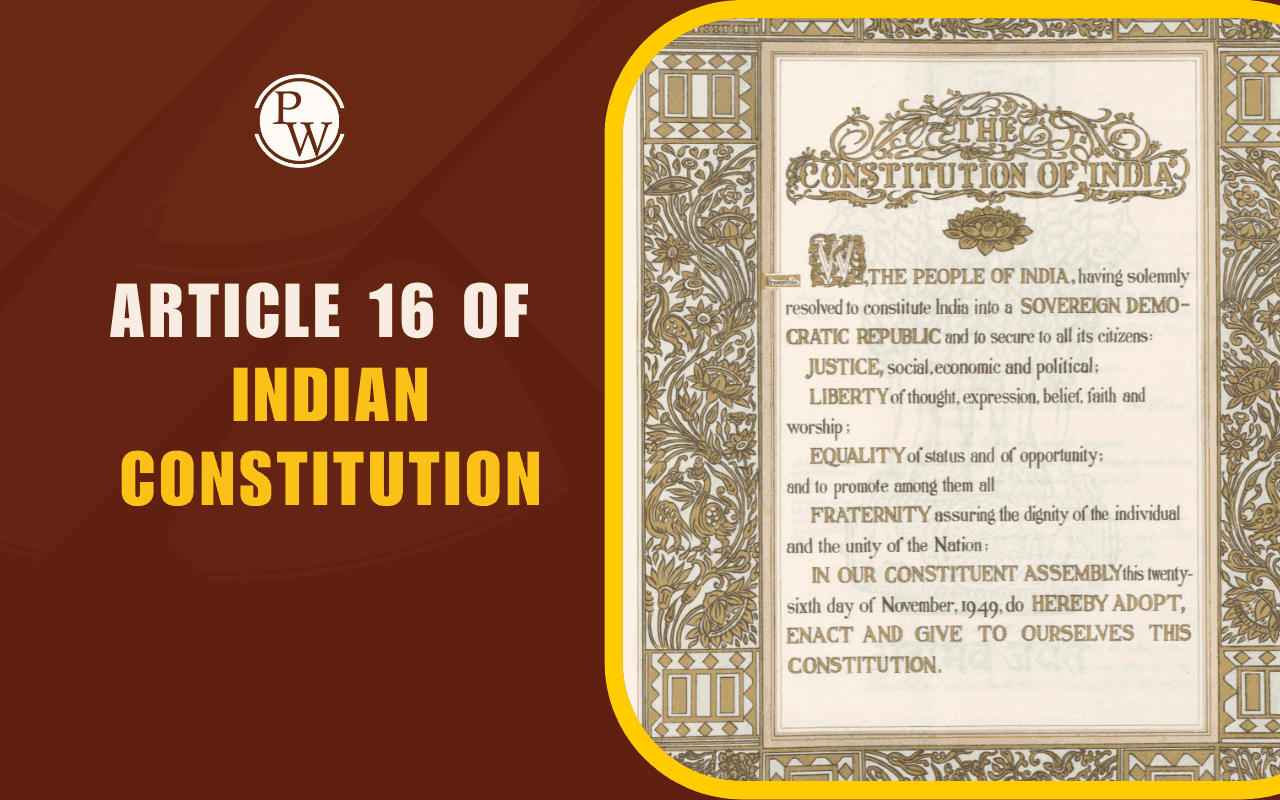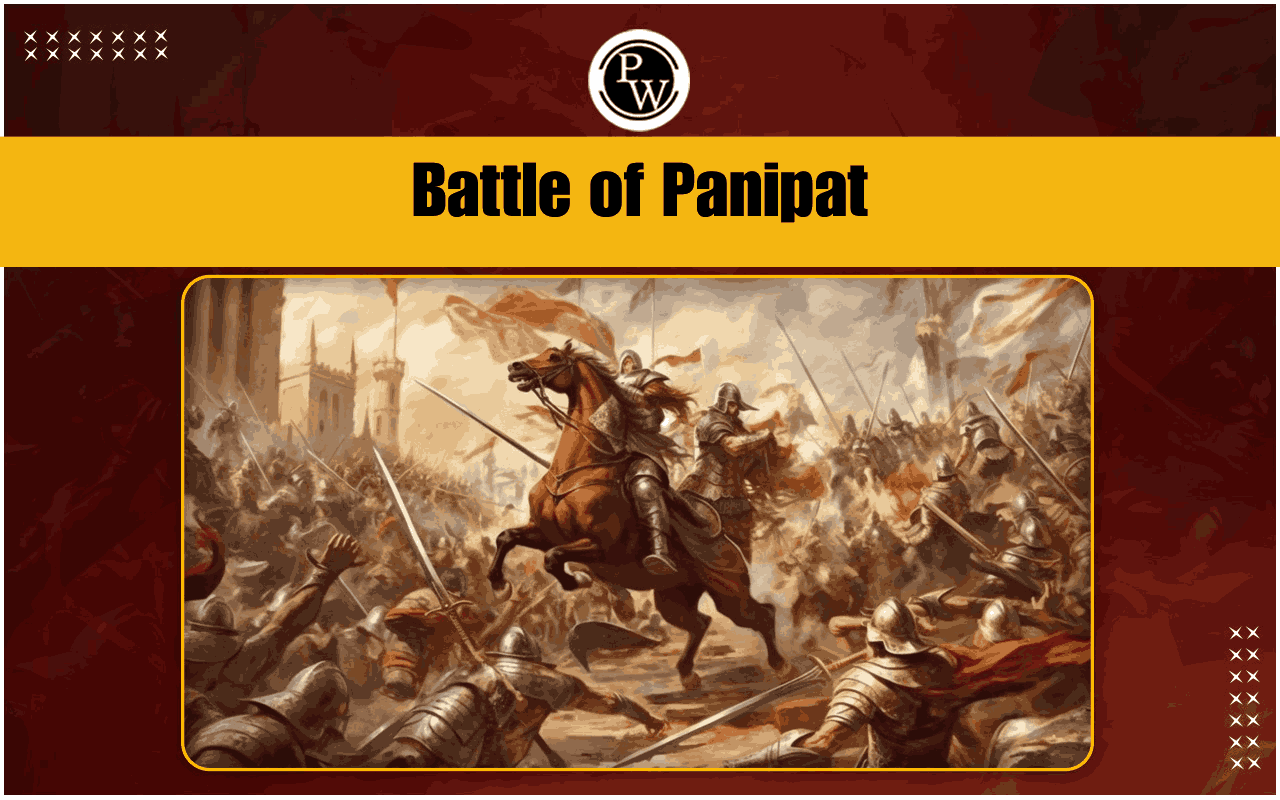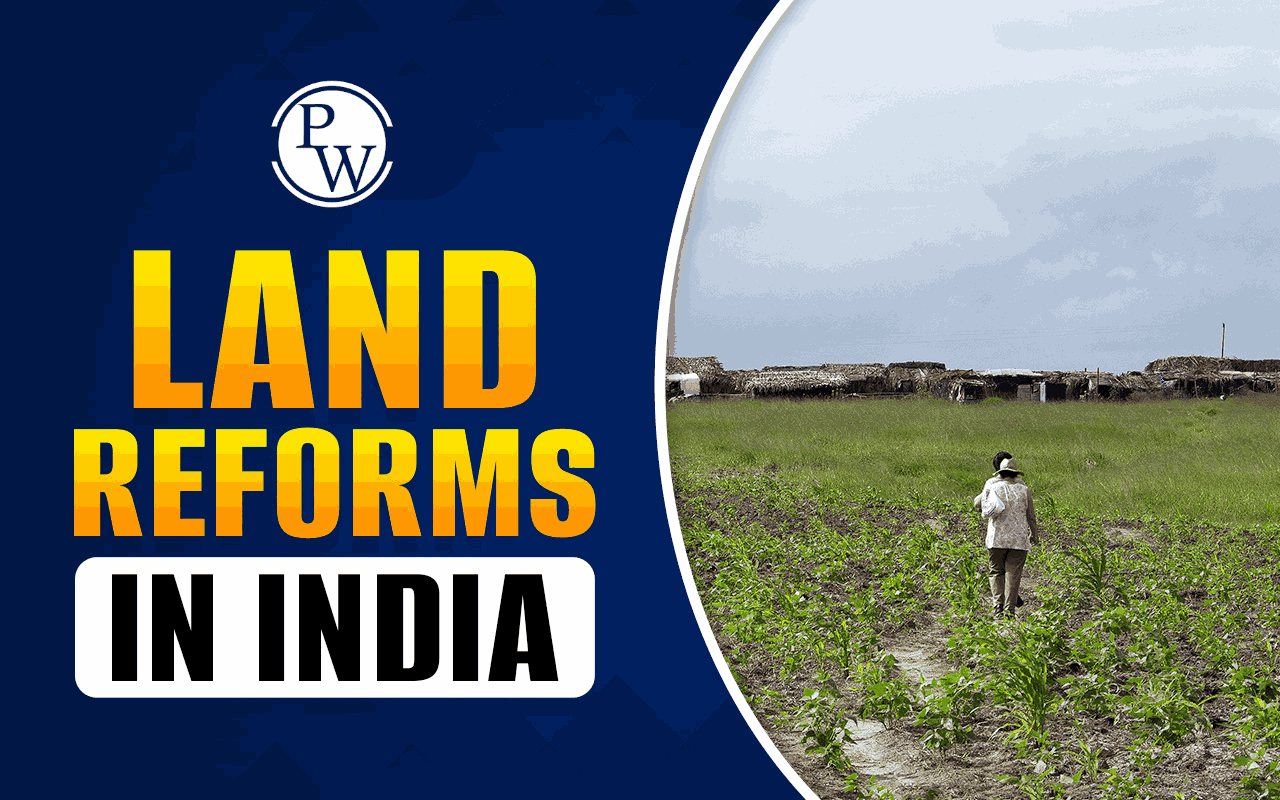

Representation of People Act is an important piece of legislation that has established the framework for the elections in India. This act ensures free and fair elections within the nation, which is a cornerstone of democracy, by providing detailed procedures, guidelines, and regulations governing the election process. Introduced in two parts, the Representation of People Act 1950 and the Representation of People Act 1951 , this act addresses the various aspects of elections which range from voter eligibility to the disqualification of candidates.
Representation of People Act Background
The Representation of People Act (RPA) is an important legislative framework in India that regulates the conduct of elections and establishes guidelines for fair practices in electoral processes. Enacted in 1950 and 1951, the RPA was designed to ensure the integrity and transparency of elections.
| Representation of People Act Background | ||
| Aspect | Representation of People Act, 1950 | Representation of People Act, 1951 |
| Objective | Governs the preparation of electoral rolls and voter eligibility | Regulates actual election conduct, candidate qualifications, and corrupt practices |
| Year Enacted | 1950 | 1951 |
| Primary Focus | Structure and formation of the electoral rolls | Oversight of the electoral process, including dispute resolution |
| Key Sections | Section 15 – Delimitation of constituencies | Section 8 – Disqualification of candidates, Section 123 – Corrupt practices |
| Eligibility Criteria | Defines who can register as a voter | Defines eligibility for candidates contesting elections |
| Amendments | Various amendments to improve voter registration and ID processes | Includes amendments like anti-defection and transparency improvements |
| Authority | Election Commission of India | Election Commission and Judiciary (for election disputes) |
| Significance | Establishes the voter registration process | Essential for fair and transparent electoral conduct |
Representation of People Act 1950 & 1951 and Key Features
The Representation of the People Act refers to a series of laws enacted in India to govern the conduct of elections and the electoral process. The key Acts are the Representation of the People Act, 1950 and the Representation of the People Act, 1951 . Below is an overview of both acts, highlighting their objectives and salient features.
Here’s a concise overview of the salient features of the Representation of the People Acts of 1950 and 1951, organized under short headers:
Key Features of the Representation of the People Act 1950
- Voter Qualifications : Establishes eligibility criteria for voters, including age and citizenship requirements.
- Electoral Rolls : Mandates the preparation and maintenance of electoral rolls for conducting free and fair elections.
- Delimitation of Constituencies : Provides the framework for delimiting constituencies to ensure equal representation based on population.
- Seat Allocation : Details the allocation of seats in both the Parliament and state legislatures.
- Structure : Divided into several parts covering preliminary provisions, electoral rolls, and allocation of seats.
Key Features of the Representation of People Act 1951
The key features of the Representation of People Act are listed below;
- Conduct of Elections : Outlines the procedures and administrative machinery required for the conduct of elections in India.
- Qualifications and Disqualifications : Specifies the qualifications for members of Parliament and state legislatures, and lists disqualifications based on criminal background and other factors.
- Election Offences : Defines electoral offences and corrupt practices, establishing penalties for violations.
- Administrative Machinery : Details the roles and responsibilities of election officials, including the Chief Electoral Officer.
- Political Party Registration : Includes provisions for the registration of political parties, enhancing the integrity of the electoral process.
- By-Elections : Addresses the conduct and procedures related to by-elections.
- Dispute Resolution : Establishes mechanisms for resolving election disputes, ensuring fair and timely adjudication.
Section 29A in The Representation of the People Act
An important provision that was introduced in the 1980s is Section 29A in the Representation of the People Act, which generally deals with the registration of political parties. This section ensures that every political party that intends to contest elections must register with the Election Commission of India (ECI). The registration provides the intended party recognition and permits it to get benefits, including a reserved symbol.
Section 29A has been essential in regulating political parties and ensuring transparency and accountability in their functioning and is necessary for maintaining the integrity of elections and ensuring that political parties operate within the legal framework.
Section 8 Representation of Peoples Act
Another key provision in this act is Section 8 Representation of Peoples Act , this specific section deals with the disqualification of candidates on conviction for certain offences. This section has gained attention in the past recent years because it ensures that individuals who are convicted of serious crimes are banned from contesting elections.
Under Section 8 , a person convicted of offences such as terrorism, corruption, and crimes against women and children will be disqualified from contesting elections for a restricted period.
Amendments and Evolving Provisions
The Representation of People Act has experienced multiple amendments to adapt according to the evolving political and social landscape of India. One of the most notable amendments came in 2003 when it was mandated that ‘candidates must declare their assets and criminal records before filing nomination papers’ . Such amendments increased transparency and allowed voters to make more informed decisions.
The Supreme Court has also played an essential role in interpreting and strengthening the act. In 2013 , in a landmark judgment, the court stated that “convicted politicians could not contest elections even if they had appealed against their conviction” . It was a significant move by the Supreme Court to cleanse the political system of criminal factors.
Challenges and Criticisms
Representation of People Act has been a key initiator in shaping the electoral process in India, but there are still many challenges that hinder the electoral process:
- Candidates are required to declare assets and liabilities, but many candidates do not provide complete or accurate information intentionally or non-intentionally about their finances and educational qualifications. This sabotages the transparency intended by the RPA.
- The Election Commission of India (ECI) is independent, but it still relies on the Union government for financial matters. This promotes political parties to influence officers through money and muscle power, compromising the impartiality of elections.
- RPA does not clearly define or regulate the misuse of official government resources during elections, which raises the issue of "money power" in elections . The act sets a limit on election spending, despite it is often violated which leads to the unnecessary influence of wealth in politics.
- While Section 8 Representation of Peoples Act disqualifies convicted individuals, it does not prevent people with serious charges pending against them from contesting elections. This led to a situation where many candidates with pending criminal cases were allowed to stand for elections, which raised concerns about the integrity of the political system.
Recent Amendments to the Representation of People Act
From the inception of the RPA Act, many amendments have been made to address the emerging challenges and improve the electoral system:
- Insertion of Section 126A : This section bans the publication of exit polls until all phases of elections are completed. This insertion aimed at preventing undue influence on voters.
- Repeal of Section 8(4) : Section 8(4), which previously allowed convicted MPs and MLAs to stand for elections by filing appeals, was revoked. This was seen as a major step toward decriminalizing politics.
- Insertion of Section 62(2) : This provision allows individuals who have been detained to contest elections, as long as their names remain on the electoral roll. Once released from all convictions, they will regain their status as electors.
- Insertion of Section 20A : A significant amendment allowing Non-Resident Indians (NRIs) to vote via postal votes from their current residences was introduced under Section 20A. This has broadened the inclusivity of the Indian electoral process.
- Introduction of NOTA : Following a Supreme Court directive, the Election Commission introduced the NOTA (None of the Above) button on EVMs. Voters can now exercise their right to reject all candidates without boycotting elections.
Role of Election Commission
The Election Commission of India (ECI) is the primary body that is responsible for implementing the Representation of People Act. The ECI has the authority to
- Monitor elections
- Ensure compliance with the act’s provisions
- Take action against any violations
It plays a vital role in ensuring free and fair elections and has introduced many reforms to strengthen the electoral process, including the introduction of Electronic Voting Machines (EVMs) and voter-verified paper audit trails (VVPAT).
Conclusion
The Representation of People Act is the backbone of India's democratic process, ensuring free and fair elections. While amendments have strengthened it, addressing challenges like false disclosures and bureaucratic influence is crucial for safeguarding electoral integrity. The act continues to evolve to meet the needs of a modern democracy, serving as a foundation for free and fair elections in India.
Looking for guidance in UPSC preparation? Enroll in the best courses offered by Physics Wallah!
| UPSC Related Articles | ||
| UPSC Prelims Questions | NCERT for UPSC Exam 2025 | UPSC Mains Admit Card |
| UPSC Mains Exam Pattern | UPSC Scholarship Test | UPSC Result |
Representation of People Act FAQs
Q1. What is the Representation of People Act 1951?
Q.2 What does Section 29A in The Representation of the People Act signify?
Q3. What is Section 8 in the Representation of Peoples Act?
Q.4 How has the recent repeal of Section 8(4) impacted elections?
Q5. What are the key features of the Representation of People Act?
Q.6 What is the purpose of inserting Section 126A in the Representation of People Act?





